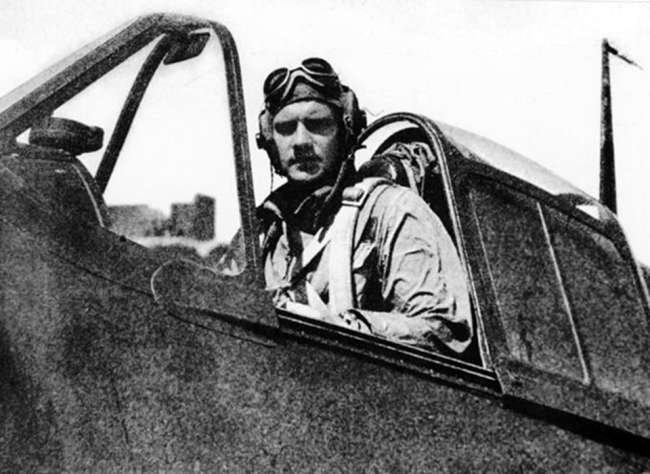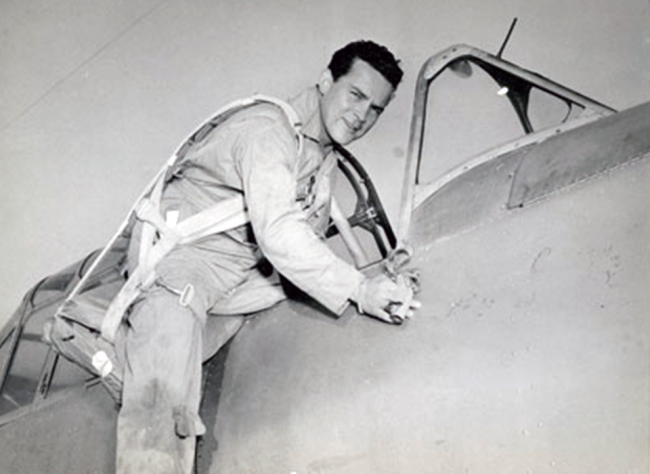In the months and weeks leading up to the start of the proceedings of the International Military Tribunal (IMT) on November 20, 1945, US Army engineers overseeing 250 SS POWs and 250 German civilian workers, modified and rebuilt the physical space that would be the trial’s home for more than a year. Bomb damage had left much of the city in ruins and, although the Palace of Justice was largely intact, it was in need of restoration. Supplies were difficult to amass and the work was dangerous; during the restoration, part of the courtroom floor collapsed three stories into the basement and two workers were killed.
The architect for the courtroom’s remodeling, Daniel Kiley, Chief of Design in the Presentation Branch of the Office of Strategic Services, examined and called into question spatial positioning, orientation, and lines of sight of the judges, witnesses, and defendants. Kiley’s redesign, for what he considered “a world spectacle trial,” accommodated the large slate of defendants, legal, and translation teams. Also taken into consideration were the numerous spectators who would be drawn to the trial, either for professional or personal reasons. Large focus was placed on the visual prominence of screens for projecting camp liberation footage and built-in camera booths where operators recorded the proceedings.
The biggest structural change to the courtroom was the removal of the back wall and expansion of the space for visitor and press seating. In addition to the staff of the IMT and all of the required personnel, the courtroom became host to nearly 400 visitors each day, which included 250 members of the international press from more than 20 nations. Even German journalists, writing for US-licensed newspapers, were present. The spectators, while witnessing and recording history, also lent credibility and transparency to the proceedings. They were seated in a tiered audience area, a Visitors’ Gallery. Seats were numbered and each seat was wired for headphones for the multi-language simultaneous interpretation that was a benchmark of the entire trial. Passes for the Visitors’ Gallery were issued for administration and for security. Identification cards and passes were checked and double checked by US Army forces acting as security for the trial. The threat of potential assassins or disruptors was taken seriously, even if it annoyed or inconvenienced some. British correspondent Rebecca West reported for The New Yorker, “Authority jammed the corridors with a solid mass of military policemen, who again and again demanded passes and peered at them in half light.”
The Museum’s collection contains items from these visitors, who were able to sit in and observe one of the most important trials in history. Lt. Harry E. McCallion attended two sessions of the IMT, sessions 131 and 132 on April 9, 1946 and May 17, 1946.
-

Nuremberg Trial Visitor Pass. Gift of Mrs. Harry E. McCallion, 2019.227.002
-

Nuremberg Trial Visitor Pass. Gift of Mrs. Harry E. McCallion, 2019.227.002
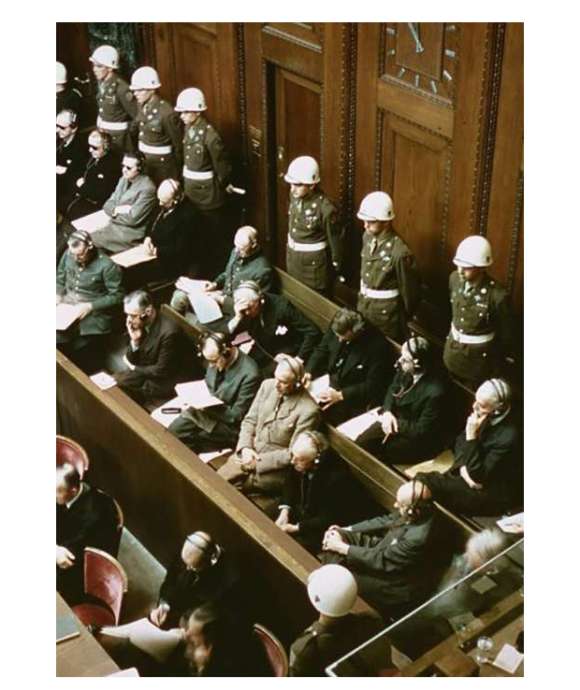
The Nuremberg Trial and its Legacy
The first international war crimes tribunal in history revealed the true extent of German atrocities and held some of the most prominent Nazis accountable for their crimes.
This article is part of a series commemorating the 75th anniversary of the end of World War II made possible by the Department of Defense.
Kim Guise
Kimberly Guise holds a BA in German and Judaic Studies from the University of Massachusetts Amherst. She also studied at the Universität Freiburg in Germany and holds a masters in Library and Information Science (MLIS) from Louisiana State University. Kim is fluent in German, reads Yiddish, and specializes in the American prisoner-of-war experience in World War II.
Cite this article:
MLA Citation:
APA Citation:
Chicago Style Citation:
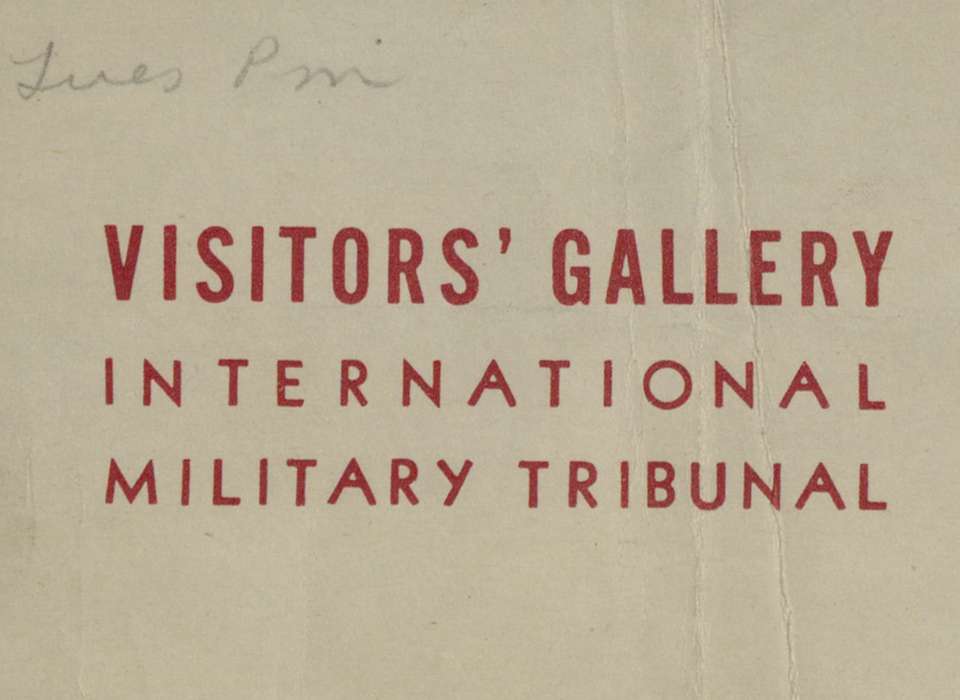
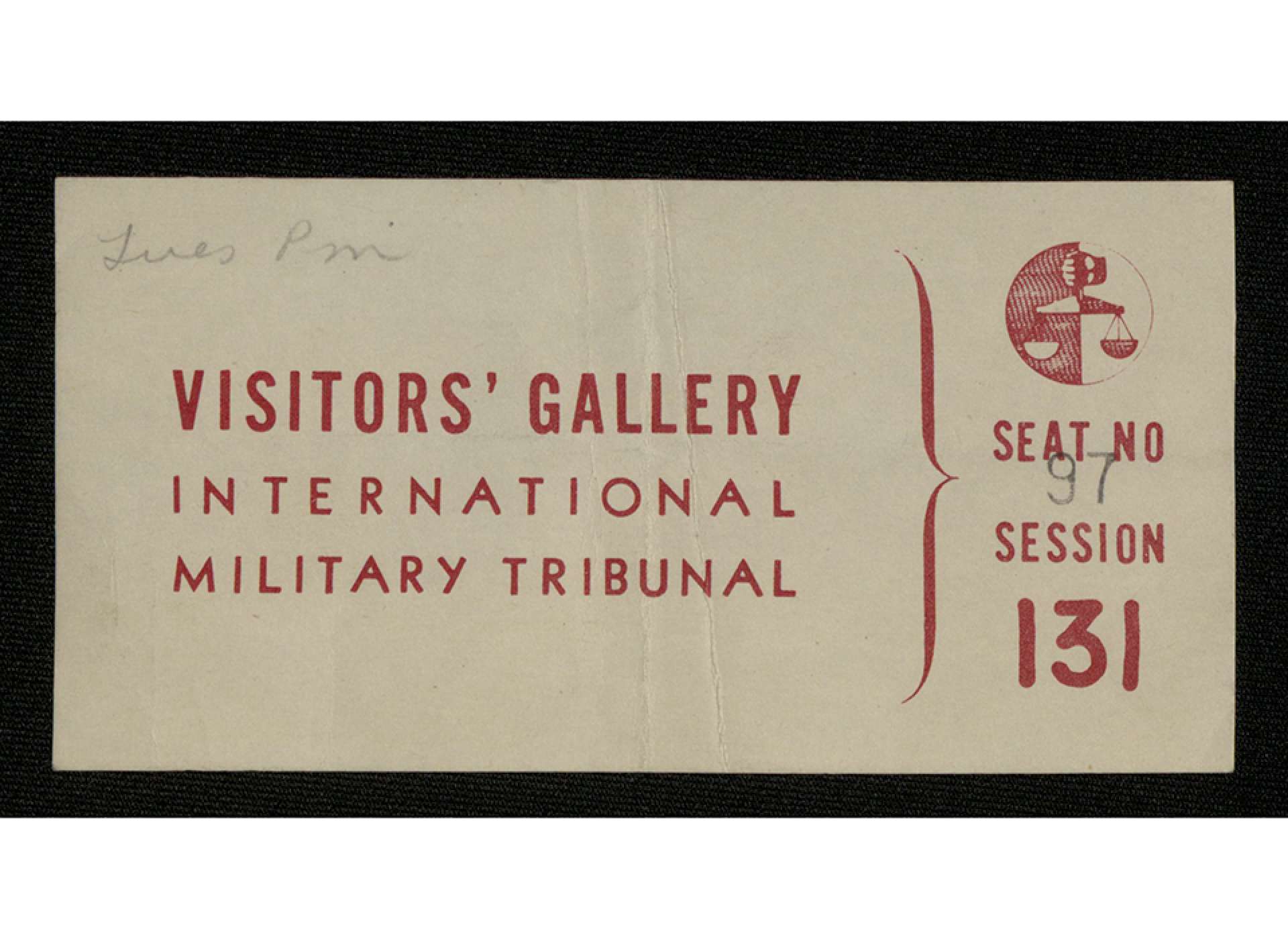
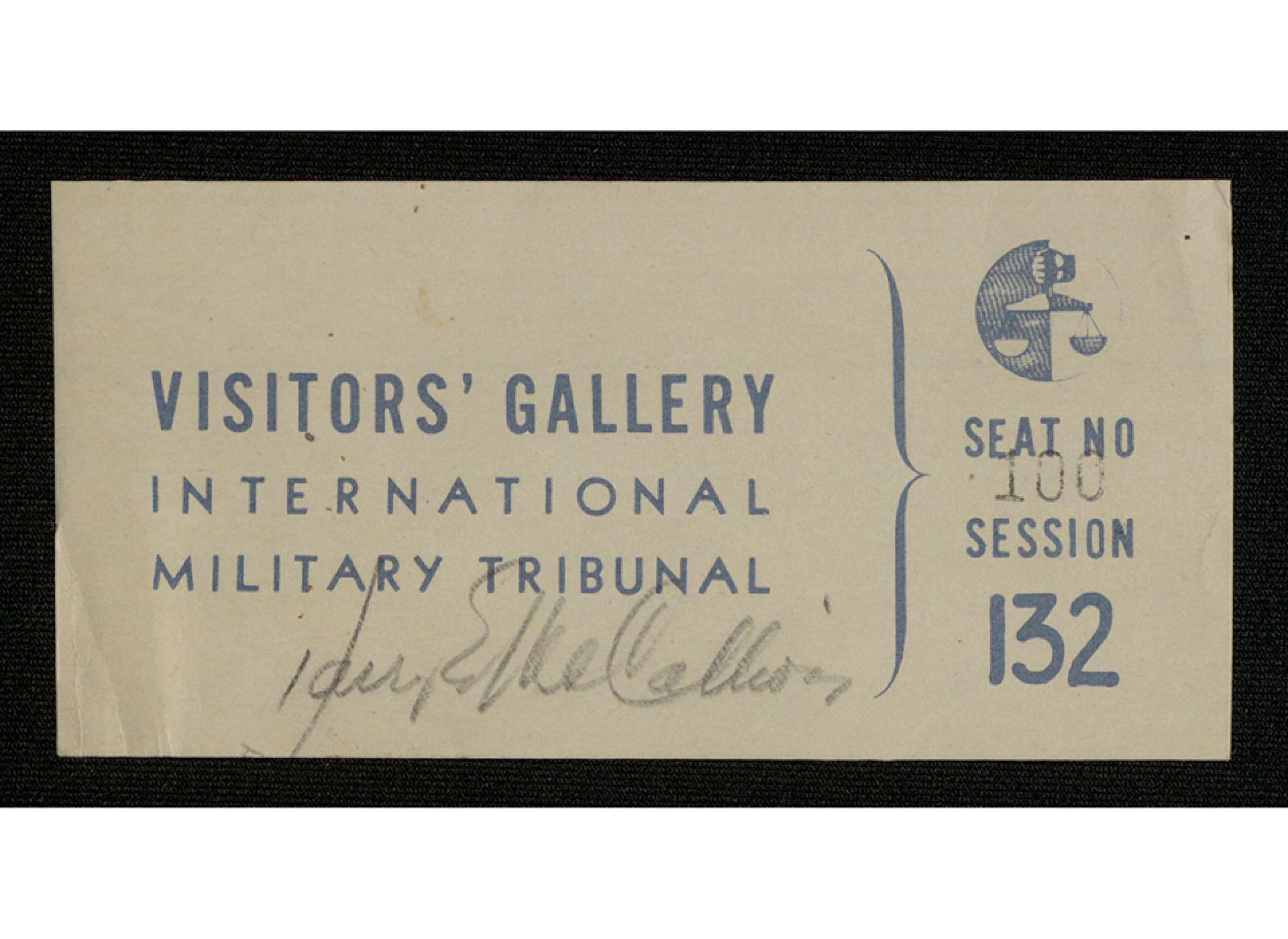
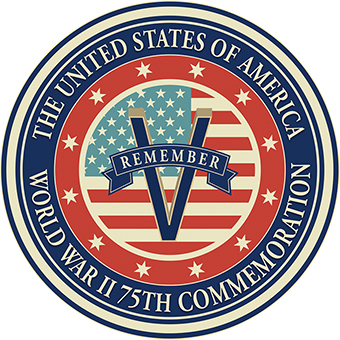

![Max Fuchs, New York City cantor, sings as Rabbi Sydney [sic] Lefkowitz, Richmond, VA, conducts the first Jewish services from Germany.](/sites/default/files/styles/max_650x650/public/2025-10/image1.jpg)





